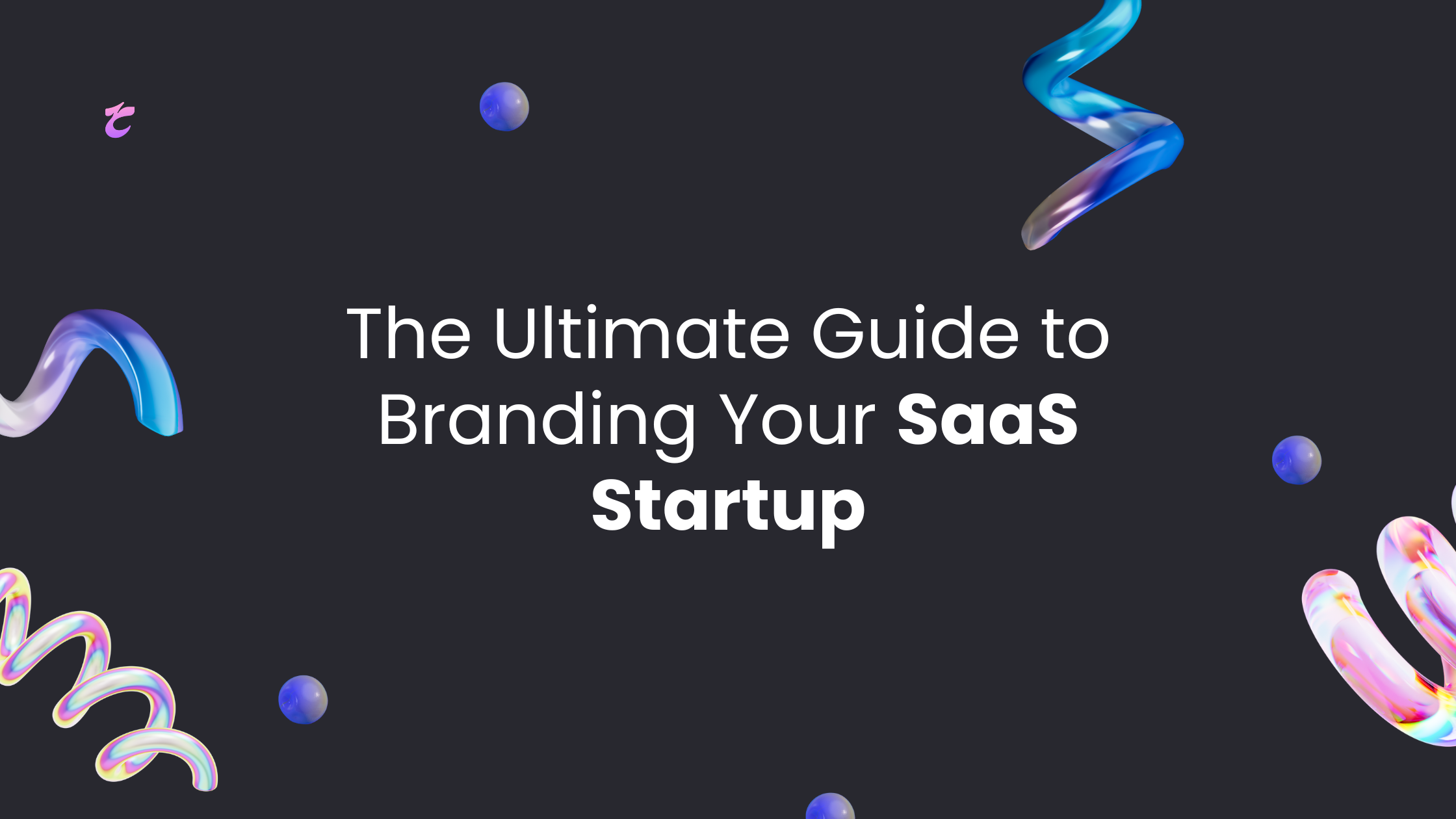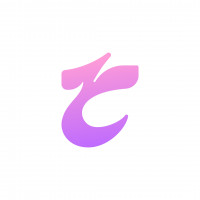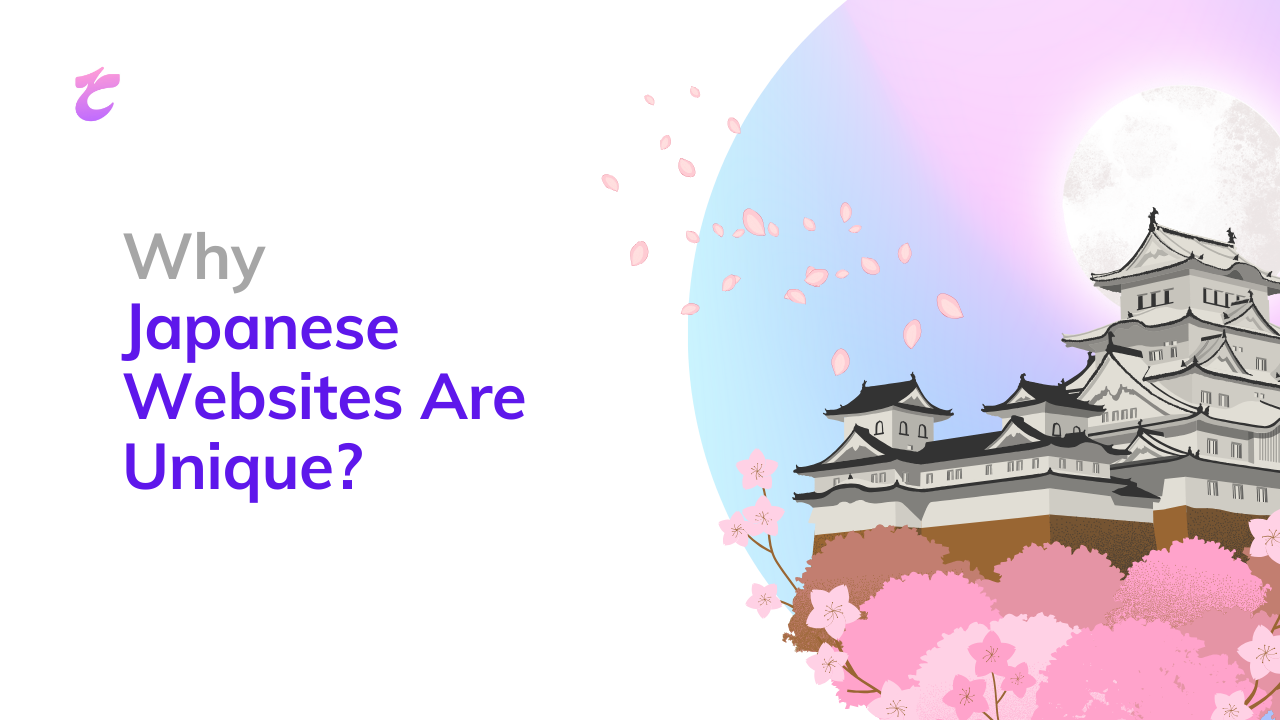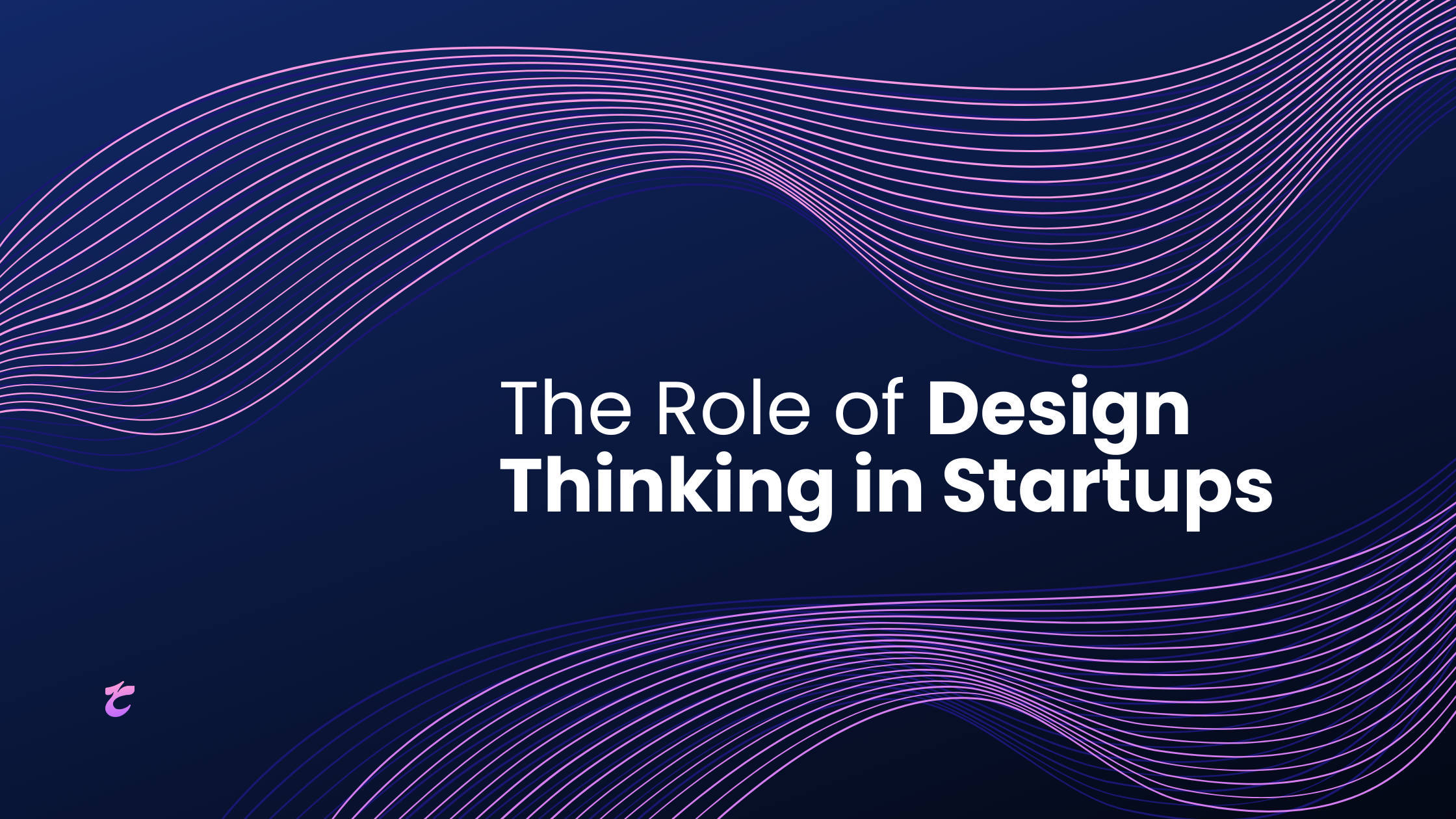The Ultimate Guide to Branding Your SaaS Startup

Strong 8k brings an ultra-HD IPTV experience to your living room and your pocket.
For most first-time SaaS founders, branding often feels like a secondary task—something to consider after product-market fit, feature sets, or funding. But the truth is, your brand isn’t just your logo or your website. It’s your reputation, your story, your voice, and ultimately, the way people feel when they come into contact with your product. In the SaaS world, where competition is fierce and differentiation is subtle, branding is not a luxury. It’s a strategic necessity. This guide will walk you through the key aspects of SaaS branding—how to think about it, build it, and make it work for your startup.
Branding Starts with Story
Every great brand has a story, and every story starts with a real problem. As a SaaS founder, your job isn’t just to pitch features. It’s to show your audience why your product matters. That begins with a narrative that feels authentic, personal, and emotionally resonant. Your brand story should cover three things clearly: where you started, what problem you’re solving, and why you are uniquely positioned to solve it. This isn’t marketing fluff—this is the foundation of trust. People connect with startups that are built on lived experiences or deeply understood pain points. That connection turns passive users into early adopters, and early adopters into advocates.
Define Your Voice Early
Before you think about your visual identity, think about your brand voice. How should your SaaS product sound when it speaks? Is it calm and clinical, or energetic and conversational? Is it playful or serious? Reliable or rebellious? Your tone of voice should reflect your audience and your product’s value proposition. If you’re building a compliance automation tool for legal teams, your tone needs to exude precision and authority. If you’re launching a community-focused productivity app, you can afford to be more informal and fun. At Teqnoid, we’ve seen time and again that consistent tone—across every touchpoint—is what makes young startups sound like mature brands. Your voice builds memory. And memory builds trust.
Naming Isn’t Just Creative—It’s Strategic
Naming your startup isn’t just about finding a catchy word. It’s about creating mental real estate in a crowded market. A good name is simple, relevant, and easy to recall. It should align with your product’s personality and be flexible enough to grow with your business. Don’t get lost in the trap of trying to be too clever. Your name doesn’t have to explain everything, but it should feel intentional. Conduct availability checks for domains, social handles, and trademarks early in the process. Your name should work well with your tagline, if you have one, and ideally hint at the value your product delivers.
Visual Identity is More Than a Logo
People are visual creatures. Before they read your copy or click a button, they’re already forming opinions based on color, layout, and type. That’s why your visual identity should be thoughtful, distinctive, and aligned with your product’s message. Start with a basic visual system—your color palette, logo, typography, iconography, and imagery style. Your colors should evoke the emotions you want users to feel. Your typography should balance readability with personality. And your logo should work well in both large and small formats. If you’re wondering why so many SaaS brands gravitate toward clean, minimal designs, it’s not just a trend—it’s a strategic choice. We broke this down in our deep dive: Why Minimalism Still Dominates SaaS Branding in 2025. The simplicity isn’t just aesthetic—it builds clarity, trust, and speed of understanding. You can explore how this plays out in practice by browsing through our case studies at Teqnoid. From fintech to SaaS, every design system we craft is grounded in brand personality and built to scale.
Company Culture Reflects Your Brand
Your internal culture isn’t separate from your brand—it is your brand. From the way your team communicates to how you respond to user feedback, every action shapes how people perceive your company. A strong internal culture builds external credibility. It influences how your team represents the brand on social media, in customer support interactions, or during investor meetings. If you’re a transparent, user-first startup on the outside but disorganized and disengaged internally, the cracks will show. Branding starts from the inside out.
Your Website Is Your Brand’s First Impression
Your website is more than a digital brochure—it’s the most important expression of your brand. It should clearly communicate what you do, who it’s for, and why it matters. But just as importantly, it should feel like your brand. Use the same colors, typography, tone of voice, and visual elements that define your brand identity. Prioritize simplicity and clarity. Most users will bounce within seconds if your site is slow, confusing, or overly complicated. Make sure your messaging is tight, your navigation is intuitive, and your site works flawlessly on mobile. Design and copy need to work together. If your visuals are playful but your text is corporate and rigid, the disconnect will dilute your message. Aim for harmony between what users see and what they read.
Build a Cohesive Social Presence
Your brand doesn’t stop at your website. In fact, your audience may first encounter your product on LinkedIn, Twitter, or Instagram. That’s why your social presence should feel like a natural extension of your brand, not a separate universe. Pick the platforms that your users actually use. Then show up with intention. Post consistently, use branded visuals, and speak in your brand voice. Social is a space for connection, not just promotion. Share insights, behind-the-scenes stories, user wins, and thought leadership. The goal is to build trust and community around your product—not just to drive clicks.
Have a Promotion Strategy That Matches Your Brand
Once your identity is in place, you’ll need a plan to get it out into the world. Promotion isn’t just about running ads. It’s about placing your brand in the right context—whether through content marketing, partnerships, events, or community engagement. If your SaaS product is targeting developers, your promotional strategy might involve launching on Product Hunt, writing technical blog posts, or sponsoring niche newsletters. If you’re building for creators, collaborations with micro-influencers or educational reels might yield better results.
Keep It Real, Keep It Simple, Keep It You
A common mistake founders make is overthinking the brand. They try to project too far into the future or over-engineer every detail. But great branding, especially at the startup stage, is about clarity and consistency. Your brand will evolve. Your voice might shift. Your visuals might get updated. But what matters most is authenticity. People support startups not because they’re perfect, but because they’re human. They want to believe in your journey. In the early days, keep it focused. Pick a direction that aligns with your values and resonates with your audience. Then show up with clarity, consistency, and honesty. That’s what builds long-term brand equity.
Final Thoughts
Your brand is more than the surface layer of your startup—it’s the promise you make to your users, the experience you create, and the reason people trust you. It doesn’t need to be flashy. It doesn’t need to be expensive. But it does need to be intentional. If you're just starting out, remember this: your product solves a problem, but your brand creates belief. Build both.
Note: IndiBlogHub features both user-submitted and editorial content. We do not verify third-party contributions. Read our Disclaimer and Privacy Policyfor details.




